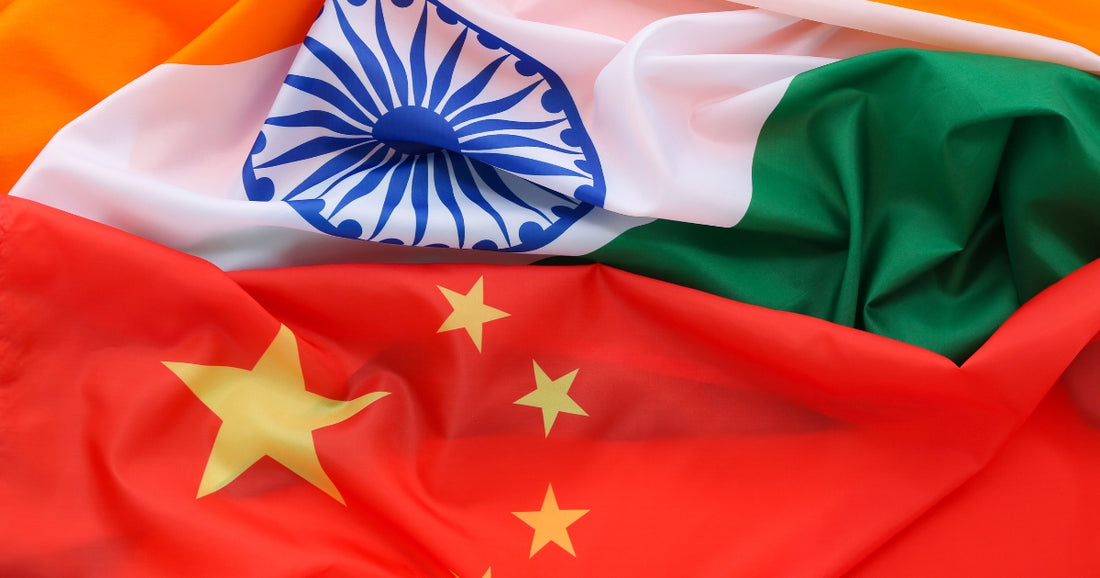China Automobile Industry Association data shows that in the first half of 2016 year, China's new energy vehicle sales reach to 177,000. National League Automotive Power Battery Research Institute forecast data also shows that by 2020, China's new energy vehicle production capacity will reach up to 2 million, while the power battery demand will reach to 100 GWH.
The market is not only good to bring the growth of lithium battery demand, but also to promote the power battery efficiency. Xiong Boqing said that 10 years ago, the load of 1 KWH electricity needs 20 kg for battery weights; now, load 1 KWH electricity only needs battery weights 9kg to 10 kg . by 2020, 1 KWH load, the battery weight will drop to 4 to 5 kg, " When the weight of the battery reduced, the raw material for manufacture battery like the cathode material, the negative electrode material will be reduced and the cost will be reduced. Today, the production cost of the battery has increased from 5 to 6 RMB in 10 years ago, dropped to 1.5 RMB. " Wan Gang, Minister of Science and Technology also said that by 2020, efforts should be made to increase the energy density of the battery unit by 2 times, reducing the manufacturing cost by 50%. If making unit battery energy reach up to 300 watts or more ,the cost should drop to to 1 yuan simultaneously.
The The development trend of lithium battery brings us, KOK Power a great opportunity. We serve more and more clients from all over the world who purchase electric vehicle batteries/power Storage batteries,especially from Indian. Significant trading growth shows Indian entrepreneurs think lithium battery a promising industry.
Indian government wish to achieve a higher degree of energy self-sufficiency, and export new and clean energy to China and Europe.
India's first experimental lithium battery factory Central Electrolysis Institute (CECRI)is formed in Tamil Nadu last year.
It uses flexible carbon paper developed from the same research group Scientific Industry Research Council (Council of Scientific Industrial Research) , which can produce 200 to 300 batteries one day .
"India now imports 5 to 6 million lithium batteries from Japan, China and South Korea each month, and will be self-sufficient if it is developed," said SGopukumar, director of CECRI.
IOC is closely watching the development of lithium batteries, but also put into research and development, but IOC research and development of high-level director NS Raman said that there is still a section from the mass production: "The battery life cycle must be extended to cost-effective, and suitable for the Indian market. "
In addition, the source of lithium raw materials is also a problem. Although India has mineral deposits, it still has no way to mine.
"India's demand for lithium will remain high for the next 10 years," Pratap Bhan Singh Sengar, a former Bhabha Atomic Research Center (BARC) scientist said. Conservative estimates that the annual demand will be between 20,000 to 25,000 tons.
Sengar believes that India should sign long-term import agreements with China, Australia or lithium exporting countries such as Bolivia, Argentina and Chile. "To make India keep the stable production of lithium batteries, they should import lithium batteries from these lithium-rich countries," Sengar said.
At the same time Chennai Enerrsto Solutions company and CECRI has signed a memorandum of cooperation preparing for the mass production of lithium batteries.
"We are working with companies that make the battery management system more commercially viable," said Gerr Shankar, director of Enerrsto Solutions Indian auto factory Mahindra & Mahindra has worked with Enerrsto Solutions to test, analyze and validate lithium batteries.
"Our goal is to produce high-end, cost-effective electric vehicle components and operating systems locally," said Matthew Abraham, director of R & D at Mahindra Research Center.

